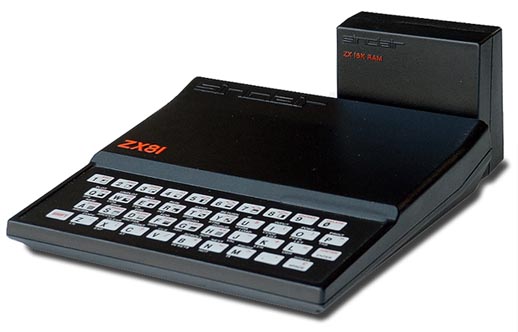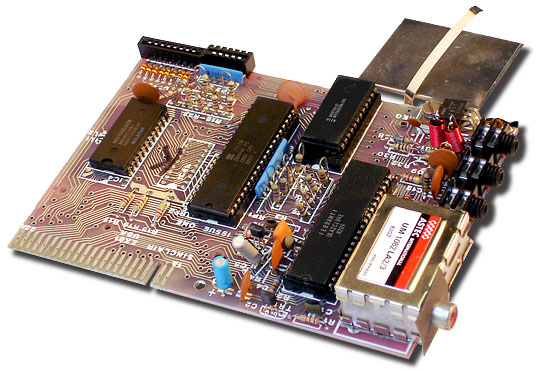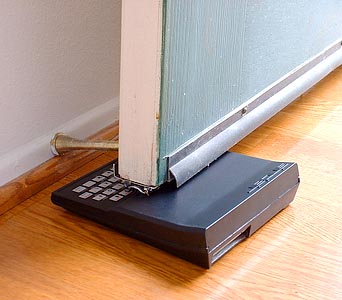
|


|

|

|
Question: "My computer seems to be 'crashing' when I use the 16K RAM module, even though it never does
when I use the computer alone. What can be the problem?"
|
 The video display is your TV, in B&W only, there is no color support.
The video display is your TV, in B&W only, there is no color support.
 The Sinclair ZX81 is such a slow and difficult to use computer, many people found
that it works better as a door-stop than as a computer...
The Sinclair ZX81 is such a slow and difficult to use computer, many people found
that it works better as a door-stop than as a computer...
|
|